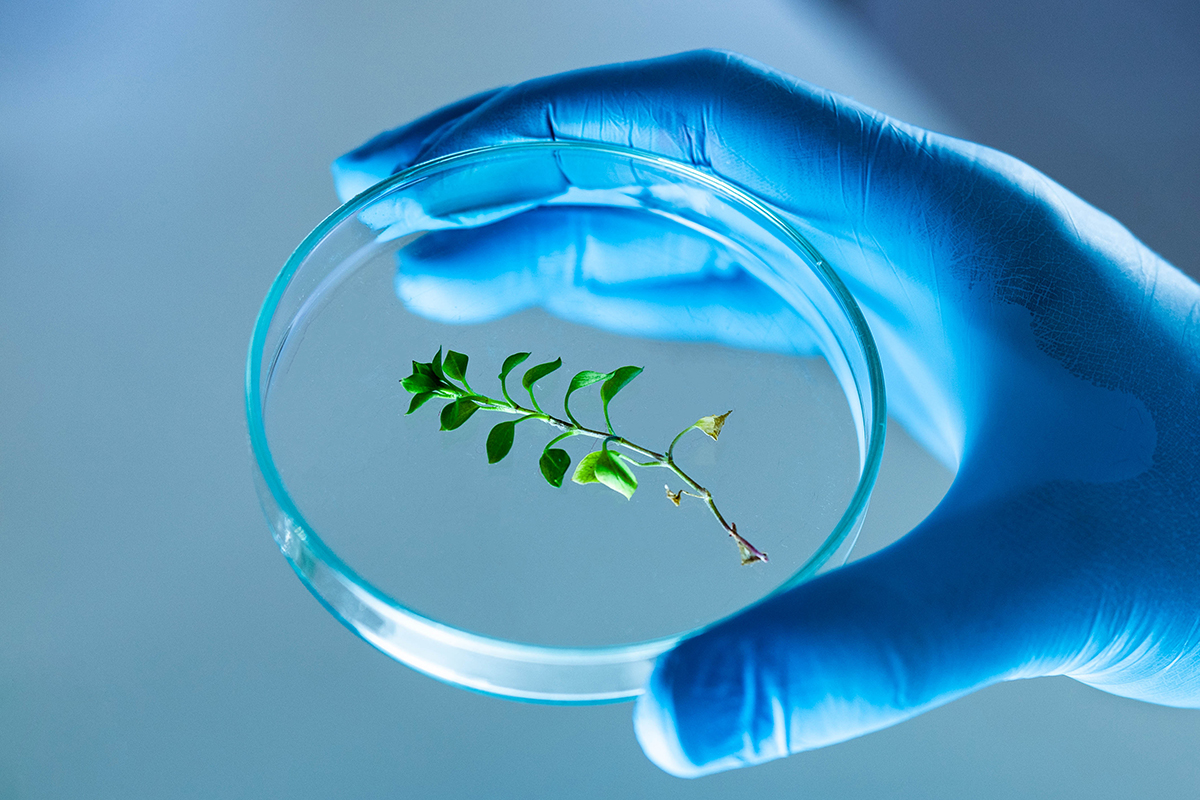After scientists figured out how to grow meat in a lab, it makes sense that they would turn their sights to other materials. American scientists from the Massachusetts Institute of Technology (MIT) now say they have developed a method for growing wood material in a laboratory as well.
Researchers demonstrated proof of concept by growing wood-like structures from cells taken from the leaves of a zinnia plant. The plant cells were cultured and kept in an environment designed to activate growth. Experiments were conducted entirely indoors, without any soil or natural sunlight, and two specific plant hormones were introduced to help the cells develop a wood-like structure. According to research, plant cells are very similar to stem cells in the fact that they can be manipulated to be any type of plant cell.
While the technology is still in early development and the process needs to be perfected, scientists believe that it could simplify and speed up the production of wood products in the future.
As you know, the normal process of wood involves first growing a tree, which can take years. Then it must be harvested, transported, cut, and processed, before being cut and shaped into the product needed. The lead researcher on the project, Luis Fernando Velásquez-García, claims that lab-grown wood could combine all the normal steps required to process wood into a product by just growing the wood shapes needed. According to Velásquez-García, this new research could completely change the game. “If you want a table, then you should just grow a table,” he said.
Researchers also point out that growing wood products in a lab may have a big effect on agriculture. In time, the process may reduce the time and effort required in current agricultural methods. It may also remove challenges directly related to weather and seasonality of planting and harvesting trees. So called ‘lab-based’ farming may eventually reduce competition for land and plant waste. It all depends on whether the technology can be scaled to meet wood needs while remaining an economical alternative.
Which brings up another point about lab-created wood – can it truly be economical?
Wood created in a lab would require temperature controls, artificial light, and water on a very large scale. These are all the things that trees would naturally get in an agricultural situation. The fact is that this kind of ‘lab-based’ farming may be quite some time away. It would require major financial investments and considerably more research of overcome the obstacles that currently make prevent this new technology from being viable for commercial production.
But it’s a good first step.
Currently, researchers are only talking about growing furniture, but who knows? Maybe someday we’ll be growing our pallets and crates, instead of building them. Wouldn’t that be something?



![[PRESS RELEASE] Conner Industries Announces Major Guardian Packaging Expansion](https://conner.b-cdn.net/wp-content/uploads/2024/10/Guardian-Packaging-Expansion-500x383.jpg)
![[PRESS RELEASE] Conner Industries Announces Website Dedicated to Integrated Packaging Division](https://conner.b-cdn.net/wp-content/uploads/2024/05/Conner-Packaging-Blog-500x383.jpg)


